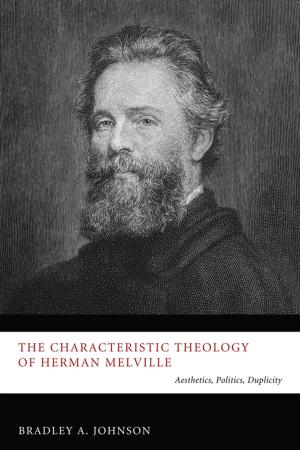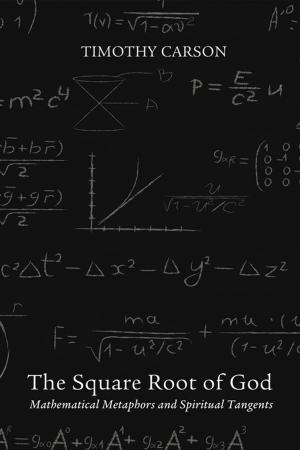Perspective Criticism
Point of View and Evaluative Guidance in Biblical Narrative
Nonfiction, Religion & Spirituality| Author: | Gary Yamasaki | ISBN: | 9781621899068 |
| Publisher: | Wipf and Stock Publishers | Publication: | November 1, 2012 |
| Imprint: | Cascade Books | Language: | English |
| Author: | Gary Yamasaki |
| ISBN: | 9781621899068 |
| Publisher: | Wipf and Stock Publishers |
| Publication: | November 1, 2012 |
| Imprint: | Cascade Books |
| Language: | English |
The narrative material of the Bible often presents characters engaged in actions without providing explicit guidance as to how those actions are intended to be evaluated. For example, Gideon lays out a fleece in an attempt to discern God's will, but is this intended as a model to emulate, or is it intended as a picture of desperation resulting from a lack of faith? Perspective Criticism presents a new approach to solving such quandaries, finding an untapped source of evaluative guidance in the point-of-view crafting of biblical stories. Point of view has been the forgotten child in the study of biblical narratives. Now, this book gives this literary concept its due, untangling the array of storytelling devices involved in crafting point of view and demonstrating its power in shaping the very fabric of a story. Because the majority of the point-of-view devices found in biblical narratives are also used in cinematic storytelling, the book includes detailed descriptions of movie scenes utilizing these devices to provide pop-culture illustrations of the workings of point of view.
The narrative material of the Bible often presents characters engaged in actions without providing explicit guidance as to how those actions are intended to be evaluated. For example, Gideon lays out a fleece in an attempt to discern God's will, but is this intended as a model to emulate, or is it intended as a picture of desperation resulting from a lack of faith? Perspective Criticism presents a new approach to solving such quandaries, finding an untapped source of evaluative guidance in the point-of-view crafting of biblical stories. Point of view has been the forgotten child in the study of biblical narratives. Now, this book gives this literary concept its due, untangling the array of storytelling devices involved in crafting point of view and demonstrating its power in shaping the very fabric of a story. Because the majority of the point-of-view devices found in biblical narratives are also used in cinematic storytelling, the book includes detailed descriptions of movie scenes utilizing these devices to provide pop-culture illustrations of the workings of point of view.















